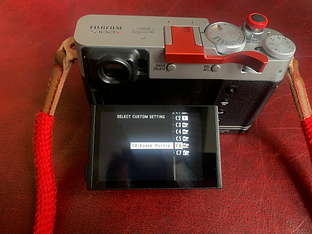Launching
Imagined Environments
Visual effects and digital compositing are well known and vastly used across the digital arts industry.
Georges Méliès's 1902 short film 'A Trip to the Moon' is considered by many to be the first film with visual and special effects. Méliès developed a special effects style that involved stop-motion animation; double exposures; split screen; cross-dissolves; and jump cuts to integrate images from multiple sources into a single seamless whole. The most impressive part of his process is producing the final result with all integrated footage, an image that doesn’t betray that its creation is by multiple source elements.
The role of this project is how to tell a story about something that doesn’t exist – the key thing is you have to make it as convincing as possible.
Research
Forced Perspective?
Miniature model set?
Fame Focus - Lord of The Rings
I started some of my research by looking into some of my favourite films that rely heavily on VFX, one of my first thoughts was Lord of The Rings. In this video by Youtuber Fame Focus, he breaks down exactly what effects were used and how they implemented these on set.
I knew there was a lot of effort in the filming of these but I didn't know that in most scenes they actually had to build two sets. Proportion and scale were key factors in the filming so to give a look of some characters being much larger, props and objects were significantly scaled down. This wasn't the only thing scaled down, the director was actually a keen miniatures enthusiast so a lot of the grand mountainous creations were in fact table top size. They had multiple miniatures of towns, to forests, to the scene with all of the skulls cascading down the walls and then to pull it all together, angled cameras and applied effects post processing gave the shots a sense of realism. I like seeing the behind the scenes of the forced camera perspective as this involved a more physical realtime effect. By adjusting the real surroundings you can create illusions.
Physically positioning the camera to help get desired shots e.g the 360 degree camera ring for the bullet shot.
Fame Focus - The Matrix
I found 'The Matrix' to be a really interesting choice for VFX, not only because it was a groundbreaking film of its time but also because of the camera ingenuity used on set. I was looking for information on the bullet effect and it turns out that a huge amount of labour went into getting that shot, no wonder they used it like 4 times. A 3D model of the scene was first established and textures were taken from images of the real scene. A 360 degree camera rig was set up with green screen and in order for the speed of filming to increase the physical cameras had to be spaced further apart, to get a slower shot the cameras were placed closer together. The shot was a bit choppy since it had to be compiled into one shot from all these cameras. Through playing with shutter speed and adding or manipulating individual frames post production, the final shot was made considerably smoother. I liked this example of having to think about the physical act of filming to create the effect rather than simply creating the effect post production.
John C. Gaeta
John Gaeta is the co-founder and Executive Creative Director of ILMxLAB, Lucasfilm’s Immersive Entertainment Division. He worked on the Academy Award-winning visual effects for the Matrix trilogy. Innovations in film such as "Bullet Time", "Virtual Cinematography" and "Volumetric Capture” played a huge part in shaping modern cinematography. Today, he is working with the Lucasfilm Star Wars Story Group and Disney. I watched a video interview of Gaeta at the 2018 international VIEW Conference premiere in Italy on Computer Graphics, Interactive Techniques, Digital Cinema, 2D/3D Animation, VR and AR, Gaming and VFX.
He spoke about the art of using visual effects for storytelling, how we as artists have vast amount of source material we absorb from our own real environments and how we can use visual effects to take these ideas and visualise them in ways we cannot physically create. Every writer can use VFX to enhance.
'A Trip to The Moon' by Georges Méliès
The first considered film to integrate VFX, 'A Trip to The Moon' by Georges Méliès tells a tale of a group of explorers setting off to the moon to see what life is on another planet. The film has no sound and uses primarily layering and compositing to apply visual effects. Through double exposure shooting and layering footage over footage, he created new video timelines to explore his space narrative. As well as physical real world props and artistry the film tells the story of the adventure so well that this film is still one of the most famous in film history.
'The War of World's'
directed by Byron Haskin
This example from our readings list was quite fun, It was filmed in a time that effects had to be more of a laborious physical task so in moments like the vignette binocular view I found to really add to the story telling. It is a much more basic form of effects in comparison to the likes of a Marvel movie now, but I would argue these effects are just as effective if not more in terms of cinematic story telling.
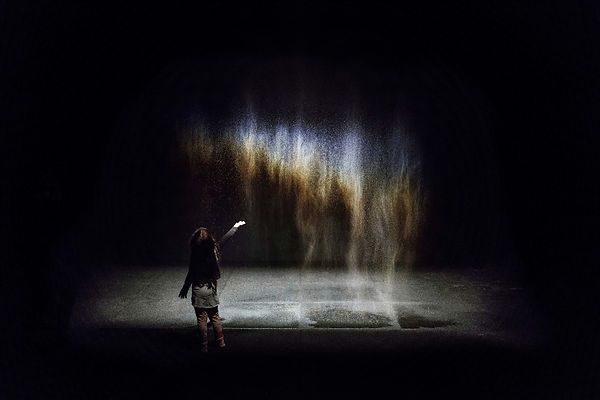
Amazing use of colour on the Netflix show. Completely engulfs the viewer and makes the episode itself interactive purely through light and colour.
Olafur Eliasson
Olafur Elliasson is a designer based in Berlin who creates art installations that warp the viewers concept of reality. Through bending light, playing with colour and forcing the eye to follow a constructed path, he creates an alternate reality within your real reality. He grew up in Denmark and visited his father in Iceland, he says he found himself outdoors a lot and being in such natural wonders opened his mind to using natural elements in his installations. These environmental factors drew him particularly to water, which in turn led to the creation of his indoor rainbow. "What is truth? Our reality is made as we move through space. I wouldn't say manipulated. I would say constructed." By using water mist in a blackout room then isolating the mist with a spot light the viewer was enticed to enter. Upon entering and standing in a specific spot so in turn your eye catches the light, you can see a rainbow in the water mist. This is helped by colour filters over the spotlight.
I know this example isn't entirely to do with VFX but I again liked the physicality of Elliasson's work, tricking the eye but with real tangible physical components like mirrors.
He did an episode on the Netflix series "Abstract: The Art of Design" explaining some of his work. The episode itself is almost like an installation for him, he speaks to the viewer in such a conversational manner it's like he's in the room with you. The opening to the episode he encourages you to turn off your lights and focus on the screen, he then places coloured paper over the camera to create a coloured screen. It illuminates your room and you feel as if you are a part of the episode. It is amazing how much effect colour can have on what the eye takes in.
So what are visual effects?
CGI - Computer generated imagery could be the most widely used form of VFX. CGI is made completely with visual effects software and doesn't have any real-world footage. Production companies like Pixar have paved the way for producing cinema that is completely computer generated, like the Toy Story franchise. CGI can create whole films but it can also be used to create backgrounds or characters in real world scenes. Marvel is a great example of how CGI elements are composited into the final video cut.
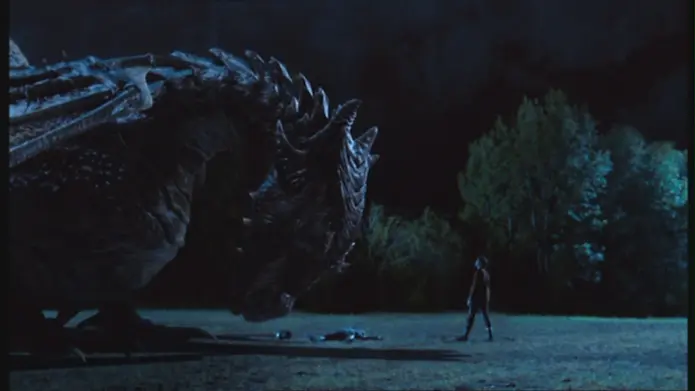
A scene from the BBC series 'Merlin' with the fully CGI generated dragon character.
Motion capture - Motion capture, or mocap as otherwise known, is a technique that attempts to take the authenticity of a live action performance and use this to in turn create a more realistic digital sequence. This could mean that actors would perform their scenes on a mocap stage while wearing mocap suits that are covered in tiny dots that act as anchor points. The advanced camera systems record the movements of the dots on the suit to turn it into data. VFX artists can use this data to generate believable digital characters based on the real actors movements. A good example of this is Avatar, when the actors switched to the world of Pandora and morphed into their Avatar the cast had to wear these suits in order to create the digital versions of the Avatar's.

Behind the scenes of the filming of Avatar. They had also added motion tracking dots to the actors face so they could map more life like expressions to the Avatars.
Compositing - Compositing is the process of combining multiple images or footage into one final sequence. One of the most common compositing techniques is filming with green screens. The actors film their parts in costume with any real physical props then have a green screen behind them. In editing, the green screen is keyed out, this allows for the background, effects, and additional characters to be added in with VFX software.
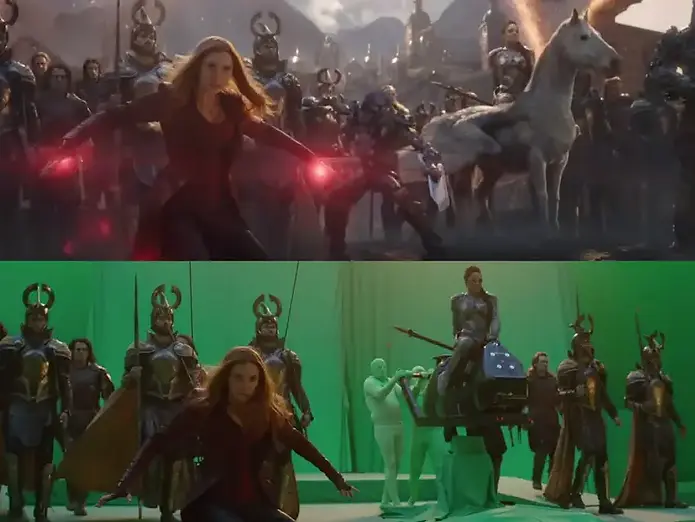
Behind the scenes of the filming of Avatar. They had also added motion tracking dots to the actors face so they could map more life like expressions to the Avatars.
VFX
vs
SFX
One of the main differences between visual effects and special effects is the computational aspect. Visual effects are made using a computer and special effects are made in real life through make up etc.
Through visual effects you can really create any background you want. A raining scene? Blazing fires? Whereas SFX would need to rely on actually creating these elements on set.
Visual effects also give an element of control back to the designer or director, effects can be manipulated to follow a specific path but special effects the director is relying on it working on the day to give the desired effect.
I could, of course, use VFX and SFX in the same shot however for this project I'll be sticking to screen based editing.
Sketchbook
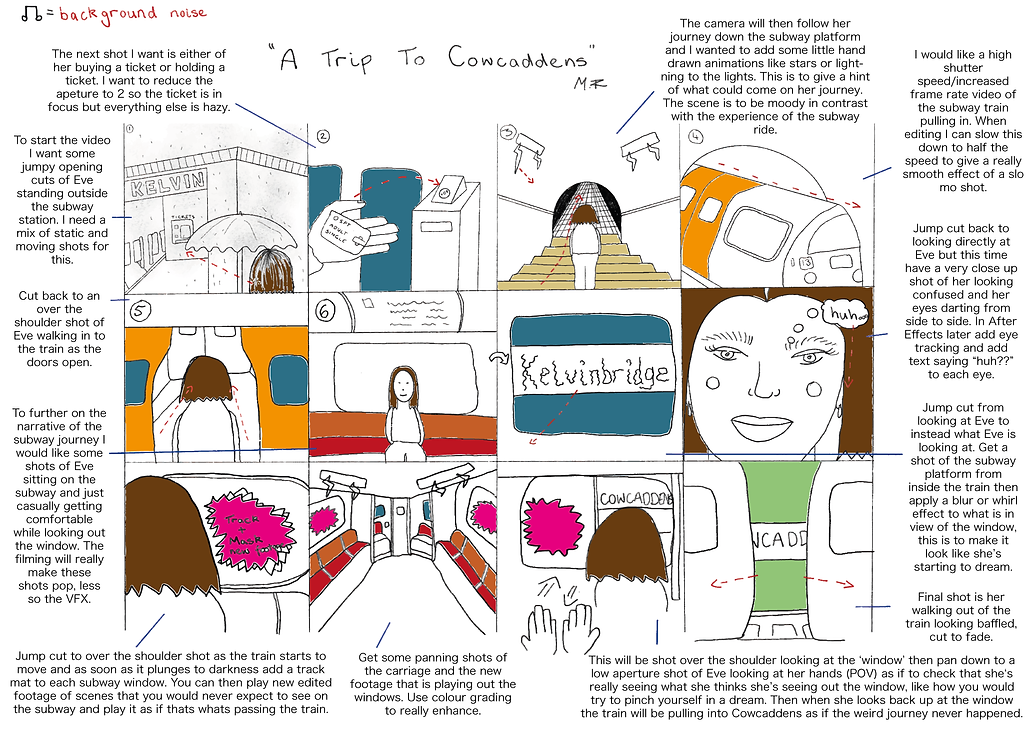
My Idea
After looking at the media on the overview and doing some digging into VFX and its capabilities I'm looking to draw inspiration from my daily journey and make it into a fantastical underground scene. I'm being a bit tongue in cheek by calling this 'A Trip To Cowcaddens', i'm thinking of this as a remake of 'A Trip To The Moon'.
I want some very dull, mundane shots of Eve entering at Kelvinbridge and leaving the subway at Cowcaddens but to have the journey in between transport her to a weird underground scene. I want her to be alone on the train and not have a clue what's going on and then for the ending to bring her back to reality when the train in fact pulls up in Cowcaddens.
Media
@Tunnel Vizion
I looked at some VFX shots that were specifically involving trains, high movement and masking/tracking. I came across this wee film 'Man vs Train' by youtuber and vfx artist @tunnelvizion. Thought it looked very realistic and I liked the movement across the shots.
Derek Jarman 'The Garden'
A film shot on Super 8 then manipulated onto 35mm film. A brilliant sequence that I found to be mesmerising. It explores an intimate insight into Jarman's life and his studio at the time. It is said that an over arching theme of this piece is vulnerability and exploration into sexuality. Nothing to do with trains but I appreciated the way in which this piece was physically filmed as well as the sequential composition.
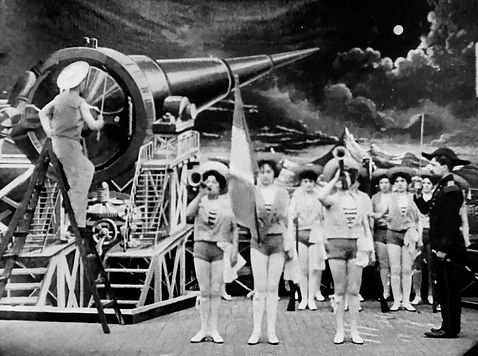
Georges Melies
'A Trip To The Moon'
Considered to be one of the first and most iconic VFX examples is French artist Melies' short film 'A Trip To The Moon'. The piece uses compositing techniques with masks and large painted set designs. I loved the whole grandness of the trip with the huge group shots in the beginning then the actors setting off in this tiny shiny shuttle. The shots of the moon are also very fun to watch, it is very well done but at the same time you know its fake, I quite like that about some vfx examples.
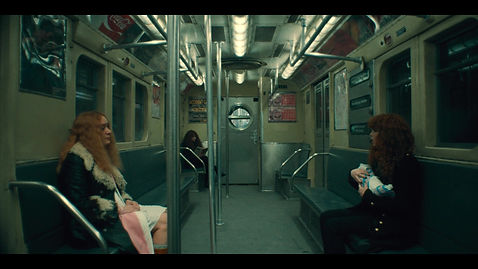
'Russian Doll' Natasha Lyonne
Netflix series Russian Doll has a season in which the main character goes into the New York subway and somehow gets transported back in time to the 1980's while on the train. I loved this series, from the actual story line to the moodiness of the shots to the kind of camera angles used specifically the POV shots.
James Mackay - The Tate Archives
I really loved all of Jarman's films on Super 8 so I found this documentary released by the Tate interviewing James Mackay, the man who helped develop the video library of Jarman's films. He dives into individual films and talks generally about how Jarman's painting practice was the driver in his creative his film practice and a large part of the content which he would capture.
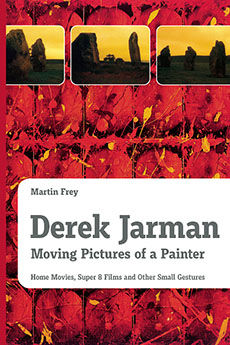
This was a book published by Martin Frey which explored Jarman's collection of home movies more in depth and from a critical stance. He examines Jarman's film techniques and looks at his source of influences ranging from literature to fellow artists like Robert Rauschenberg and David Hockney.
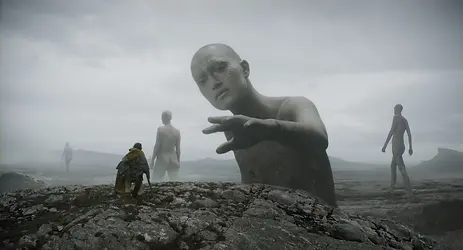
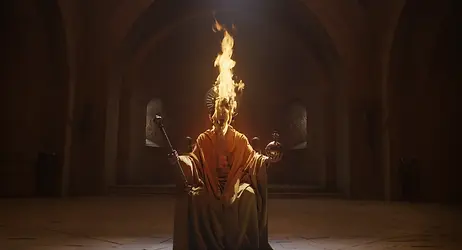
I love the scene of the giants here and the contrast of scale, it really adds to the overall vfx effect. The use of natural elements created through vfx I think is quite interesting and goes back to my previous research of vfx vs sfx. In this example you can see why vfx is not only better for the overall effect but it is also safer since you can really burn an actors head.
Really liking the mix between real world and fantasy here. I like that theres clear transitions between normal life and then this underwater landscape. This of course looks very realistic which at this moment I know I'm not able to replicate something of this calibre but the underwater world has definitely got me thinking about what footage I could use to mask the windows. I know in these videos you can't hear the sound but I feel this only adds to the magical effect created by the nautical sea life.
Process
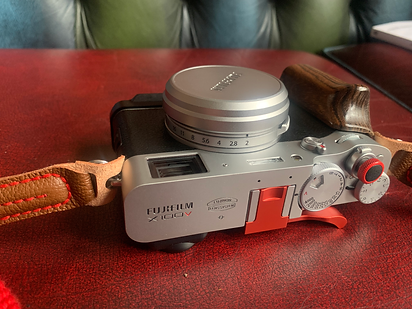
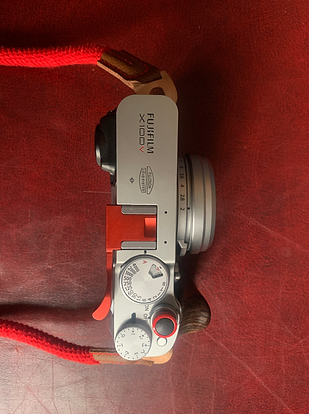
Manual adjustment for exposure. Increase the exposure for the underground shots to give even lighting. Watch your exposure if you're on a high frame speed because it'll pick up more flickering lights.
Aperture adjustment for depth of focus. Increase the aperture to 16 for the shots where you want to capture far away depth. Decrease the aperture to 2 and you can create a blurred background effect with close up focus. With the manual on screen focus you can adjust this mid shot to give you a nice focus transition.
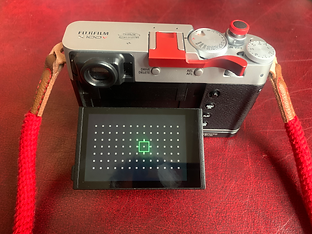
Press the small black button on the right to get up the focus 'map'. This is where you can adjust where in the shot the camera is focussing on.
